March 25, 2108
Though I do not believe that a plant will spring up where no seed has been, I have great faith in a seed. Convince me that you have a seed there, and I am prepared to expect wonders.
– Henry David Thoreau
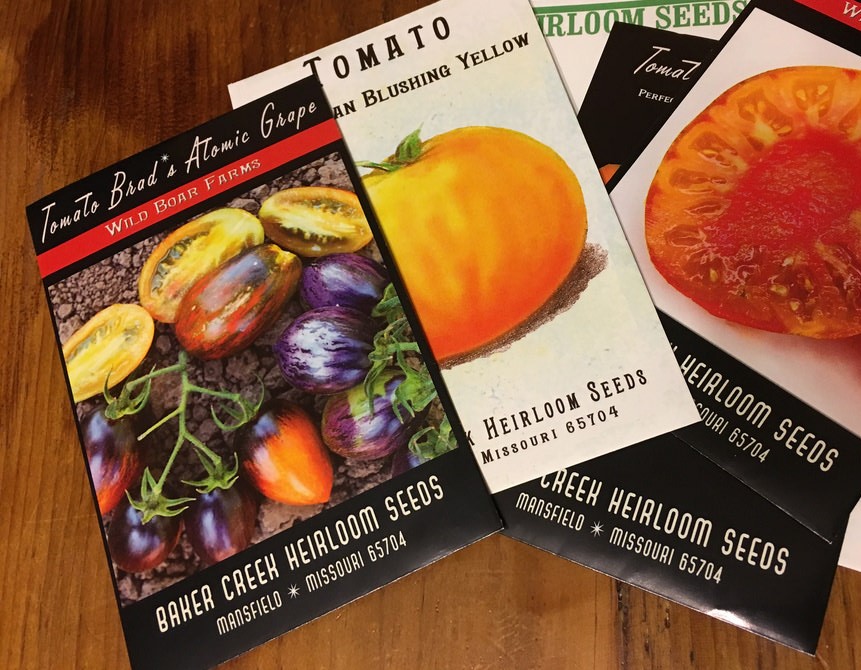
The seed packets are scattered across the kitchen table, their brilliant photos inspiring a great eagerness to settle them into the soil. I wonder who has the lucky job of dreaming up the names of the seed varieties. “Tomato Brad’s Atomic Grape” looks too beautiful to eat and sounds like the main character in a Marvel film. Knowing August’s harvest will not likely measure up to the seed packet’s photographic promise, we can’t help but dream, and we envision all the ways we’ll enjoy the glorious harvest. We plant our tiny seeds in the carefully prepared pots under grow lights and wait. Springtime is pregnant with possibility. Is it a coincidence that baby animals are born in the Spring? What is sprouting in your heart this week?

Mary O’Connell, Your Living Arts Weekly blog editor
Let mystery have its place in you;
do not be always turning up the whole soil with the plowshare of examination,
but leave a little fallow corner in your heart ready for any seed the winds may bring,
reserve a nook of shadow for the passing bird;
keep a place in your heart for the unexpected
an altar for the unknown.
Then if a bird sing among the branches, do not be too eager to tame it.
If you are conscious of something new – thought or feeling, wakening in the depths of their being –
do not be in a hurry to let in light upon it, to look at it;
let the springing germ have the protection of being forgotten,
hedge it round with quiet,
and do not break in upon its darkness.
Let it take shape and grow, and not a word of this to anyone!
Sacred work of nature that it is,
All conception should be wrapped by the triple veil
Of modesty, silence, and night.
– Henri Frederic Amiel
Creative Exploration
Spring Time Ideas
from Sharifa Oppenheimer
Sharifa Oppenheimer is the author of Heaven on Earth: A Handbook for Parents of Young Children and What is a Waldorf Kindergarten. She taught young children for 35 years and now loves teaching adults through the LifeWays trainings. She also travels offering lectures which explore the ways in which the latest findings in brain research support Steiner principles. Sharifa lives with her husband in an enchanted forest in Virginia, and is the mother of three grown sons, who were raised within the Waldorf tradition.
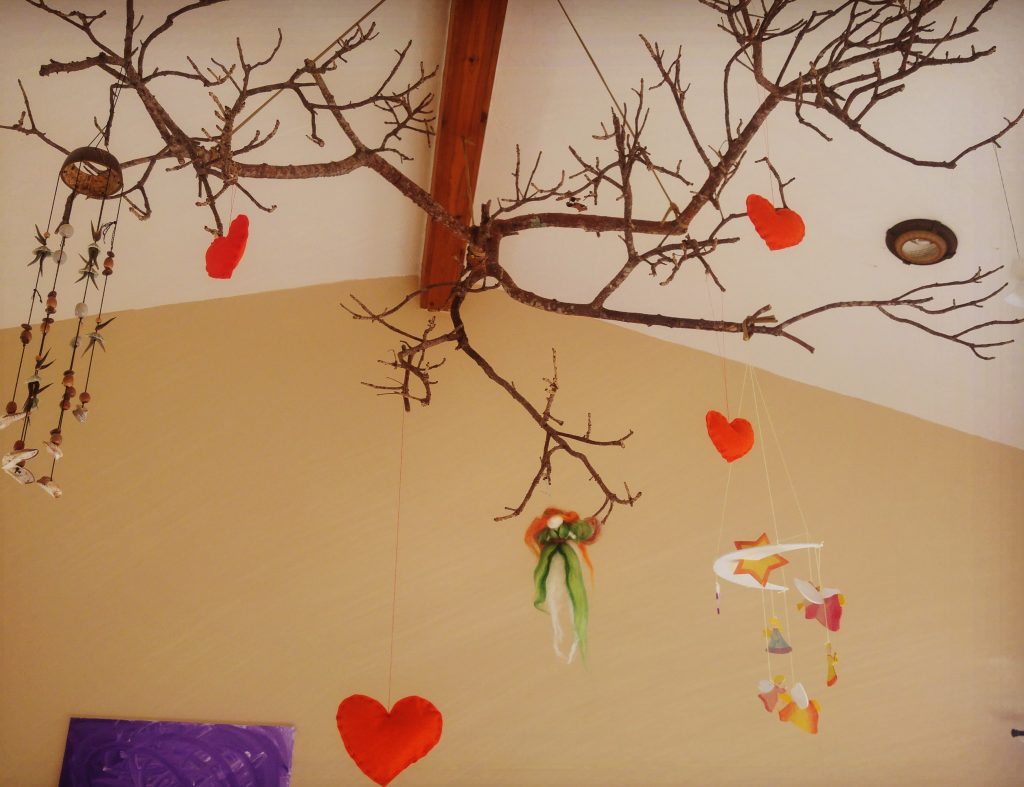
Bring a Branch of Spring Inside:
—Choose a good branch with spreading branches.
—Cut it about 4 feet long
—Put a teacup hook in the ceiling (perhaps above the nature table)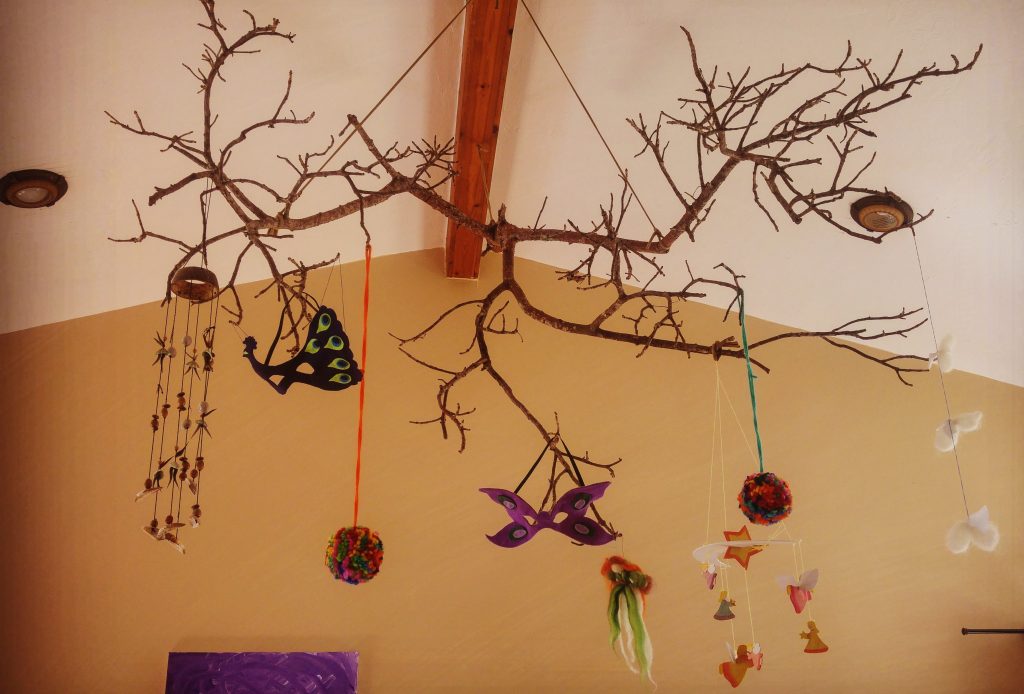
—Tie three colorful ribbons onto three separate branches, to make a mobile
—Leave one end of each ribbon longish, to make a bow, if you like
—Gather them together at the top and balance them so the branch hangs horizontal
—Tie them onto the teacup hook
Now you have a perfect place for green beeswax leaves to sprout, for a woven nest with a beeswax bird and for colorfully dyed “blown eggs.”
(Thank you to LifeWays student, Naama Kimmerling, for sharing these photos of her seasonal branch!)
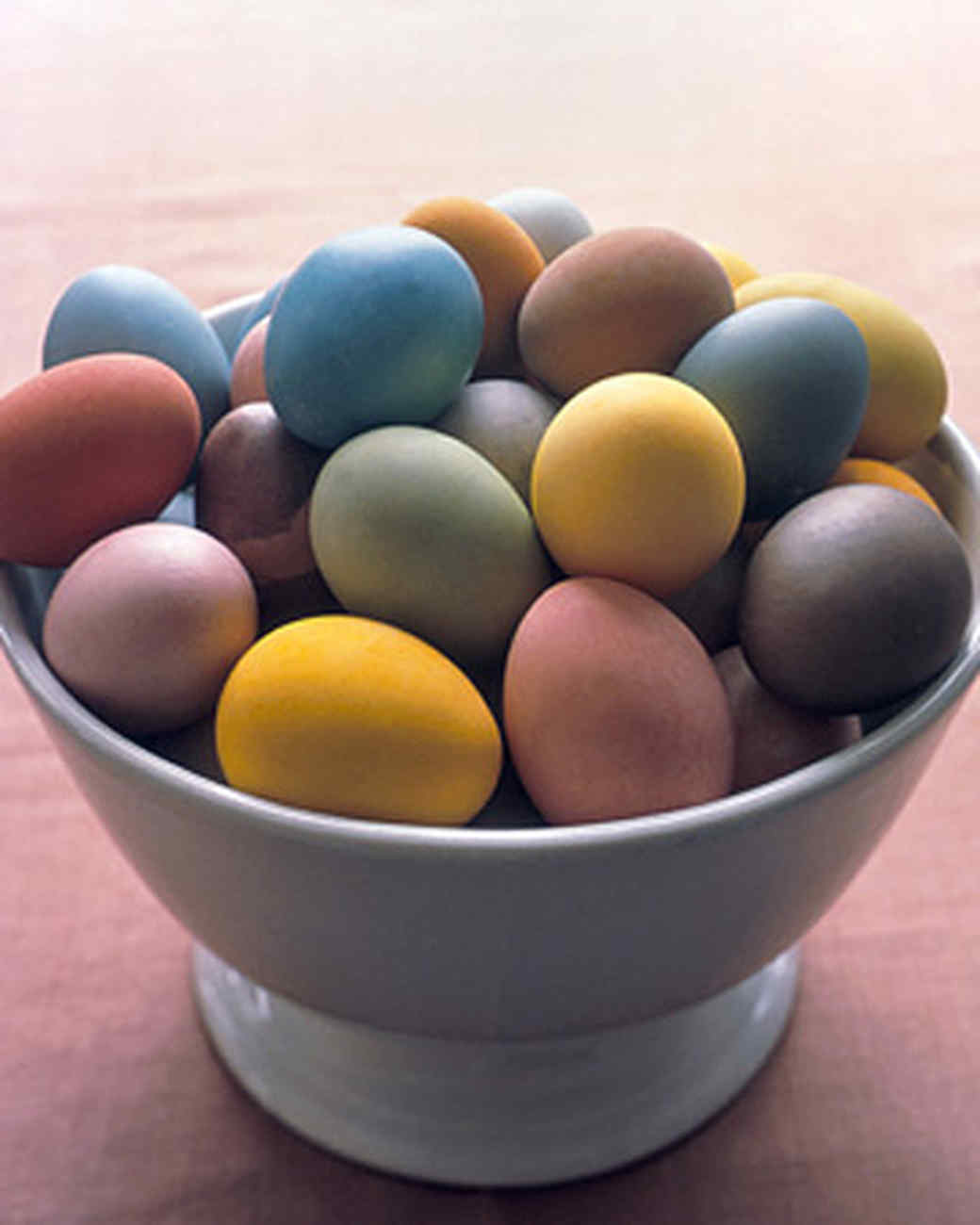
Here’s a great tutorial for beautifully dyed eggs using colors from nature!
Either before or after your eggs are dyed, trying blowing some eggs to hang them from your spring branch.
How To Blow Eggs:
—Use one dozen brown or heirloom eggs
—With a large safety pin poke a medium sized hole in the bottom of the egg
—Poke a small hole in the top of the egg
—Put the small hole to your mouth and make a seal with your lips
—Blow!! If it is too hard, make the bottom hole a little bigger
—Blow the contents into a bowl
—Rinse the egg off outside and inside, very carefully
—Blow all the eggs, and hang them from a spring branch
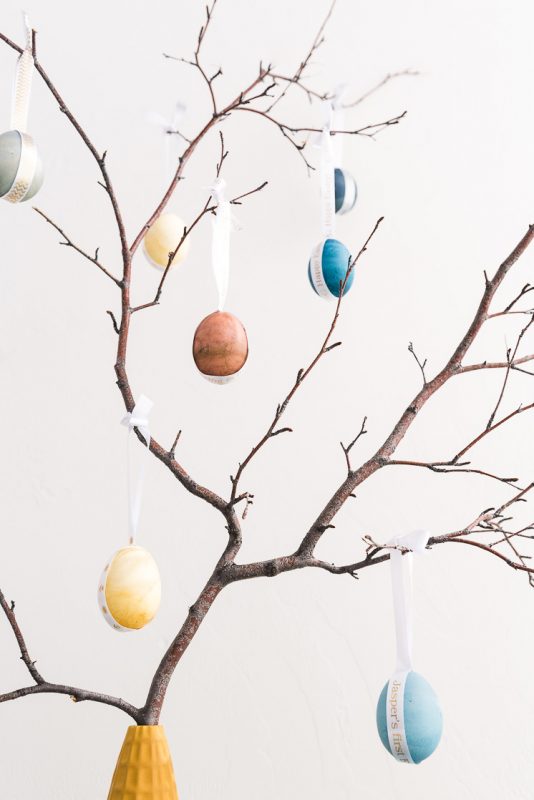
Practical Activity
Sharifa’s Blown Egg Custard
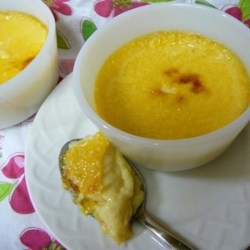
(You will probably want to double the recipe, given how many eggs you have blown and how much everyone in the family will love this!)
2 eggs (from your blown eggs )
Beat them
Add:
2 cups milk
¼ c sugar or honey or a few drops of stevia to taste
a pinch of salt
a dash vanilla
a sprinkle ground nutmeg
Preheat oven to 325 degrees
Whisk everything but the nutmeg together, until completey combined
Pour into 6 custard cups (you can also bake in a casserole baking dish) and sprinkle nutmeg on top
Place custard cups in baking dish and fill with water to halfway up the cups
Bake in preheated oven until set, about 1 hour
Serves 6
Nurturing Care
Nourishment: Sunflower Sprouts
from Kerry Ingram, a mom, foster mom, LifeWays grad, board member and Waldorf trained teacher. She is the founder of Mothering Arts which supports women with all the tools and inspiration they need to create a local postpartum nurturing group. You can find her enjoying the magic of nature with her family and community in northern California.
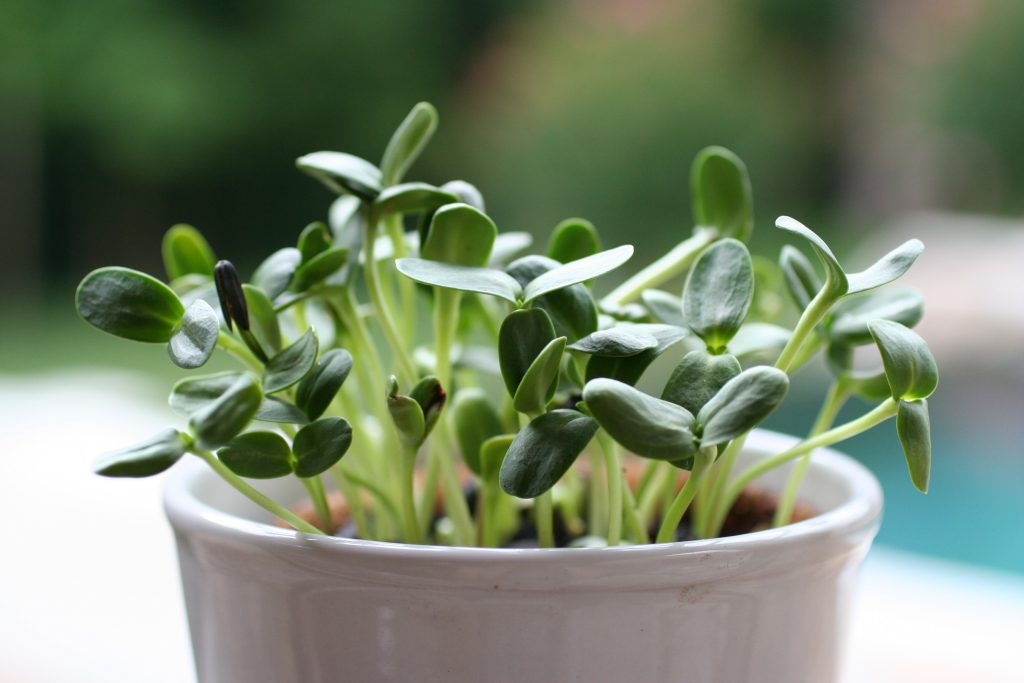
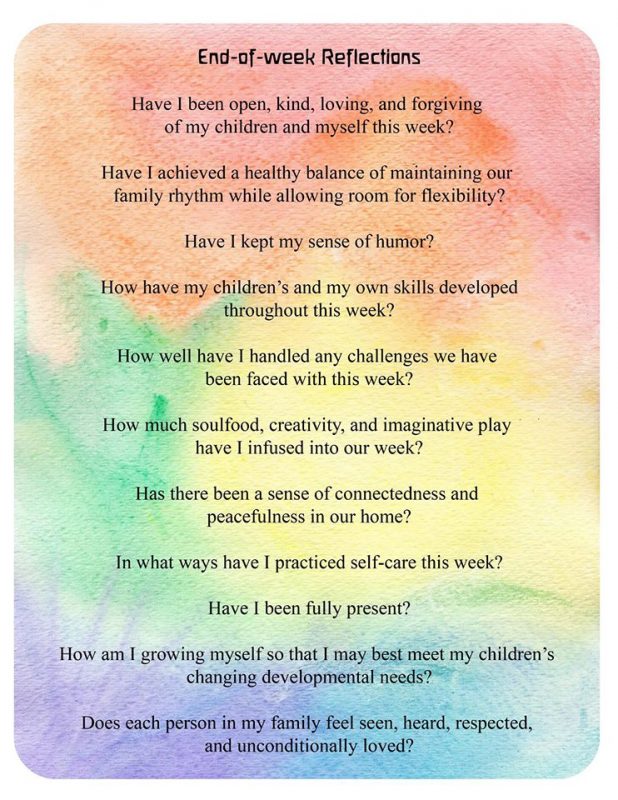
Thank you to LifeWays graduate, Holly Sorenson, for sharing her weekly reflection. Perhaps you can use this reflection to choose one area of focus for the coming week. Is there a new seed that has been planted? Share in the comments below!
Social Awareness
Plant seeds — Cultivate Joy — Deepen your home life — Inspire your work!
Could the LifeWays Early Childhood Certification be for you? Click here and listen to some LifeWays caregivers share how they found their way to LifeWays.
Trainings are beginning in April in Milwaukee, WI and in August in Norman, OK!
Parents, grandparents, teachers, childcare providers, nannies, kindergarten assistants, and after-care teachers are encouraged to apply. We will work with all sincere applicants to make this possible for you!
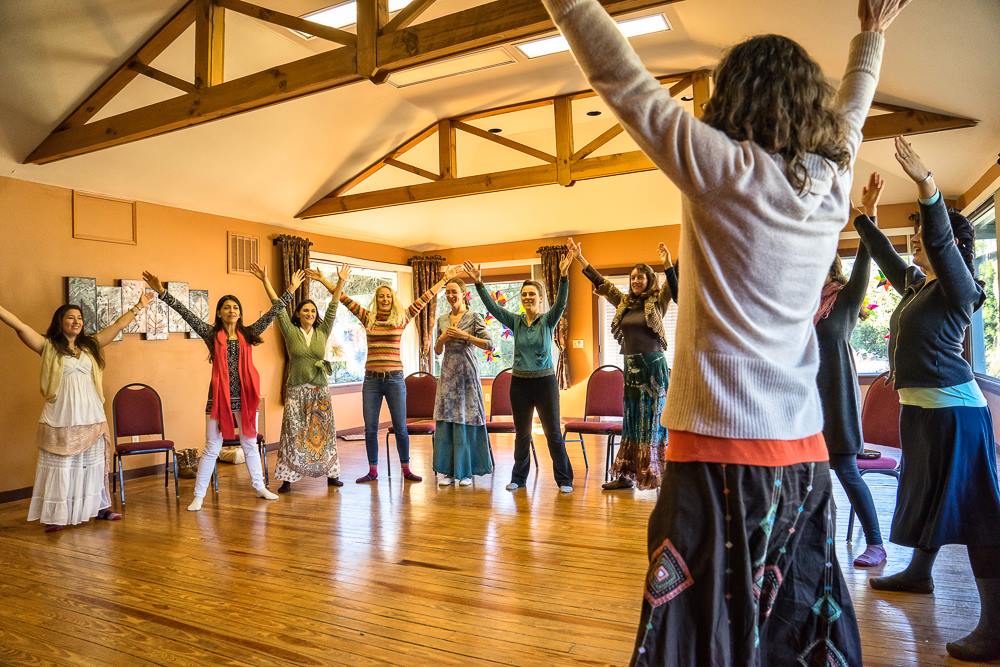
Daphne the Curious Little Donkey
And the Spring Snow Storm
(continued from last week’s Living Arts Weekly…)
This story comes to us from Pamela Perkins, who has worked with and for children in various capacities since 1970. A former Waldorf teacher, LifeWays graduate and home provider, she now delights in being with her five granddaughters, plus creating magical needle-felted puppet stories and writing gentle tales to nurture young and old. She lives in the Upper Valley of Vermont, and is working on her new writing project Silver Seedlings – Nurturing Tales for the Young and Young at Heart.
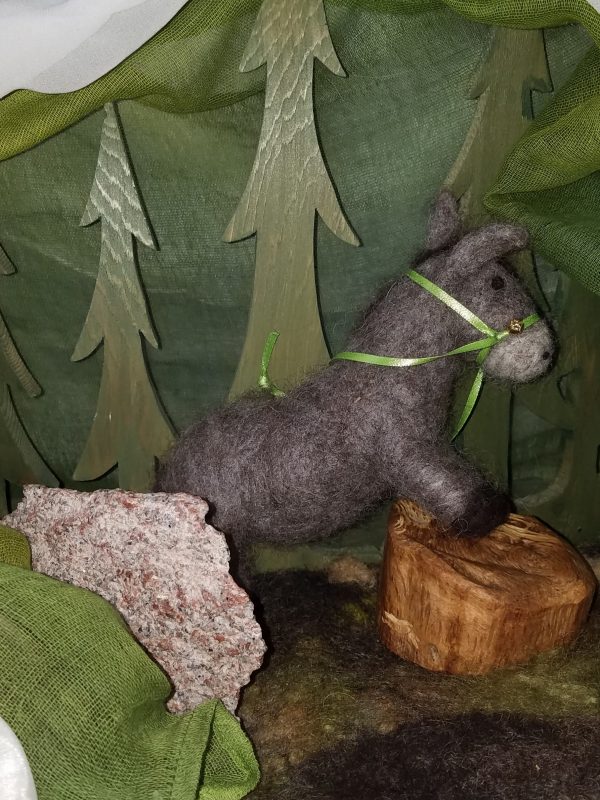
Chapter Three: The Forest
Daphne peered ahead at the forest. Snow still lay thick around its edges. The trees were bare, although a faint haze of color had begun to glow around them as their buds swelled in the warmth of the early Spring sun. The evergreens made cool shadows on the frozen ground. She felt very, very curious. Daphne had an idea.
I wonder if there is anything good to eat in the forest,” Daphne thought to herself. Quickly she made up her mind. She thought that she would just take a quick look to find out before heading home. She trotted around the pond and over to the tree line and hesitated for a moment.
Just then, a group of blue jays began to scream, “No! No! No!” at her. “Hmmph! Phooey!” retorted Daphne, her temper suddenly getting the best of her. “I am not a baby anymore! I am big enough to take care of myself!” She proceeded to trot right in among the trees, without looking back and only half listening to what the birds kept trying to tell her.
Daphne had not been paying attention to the sky, nor to the increasing chill in the air. She had been so busy nibbling and racing around that she had quite forgotten to notice anything else. Now she was being a stubborn and foolish little donkey, as she ran as fast as she could from those noisy jays.
For a while they followed her, making ever so much racket. She stopped briefly to look up at them and shouted crossly, “Go away!”. Then they shrugged, gave up and flew out of the trees and back across the meadow. If she had stopped to listen to their warning, she would have run back home as fast as her sturdy little legs could carry her. But, she did not. Her temper kept her ears from hearing anything, except the voice inside her, which said, “Those busybodies just want to spoil my fun. “
And thus, it was, that the sudden, late winter storm came pouncing down on the valley, like a bobcat on its unsuspecting prey. Before Daphne realized what was happening, she was surround by swirling snow, an icy wind, and darkness. She was alone in the forest, lost and frightened.
Chapter Four: The Storm
Meanwhile, back at the farm, Maeve’s friend and across-the-street neighbor Ginger and her grandson John-Peter, who was four, were enjoying tea and homemade cookies in the cozy farmhouse kitchen with Maeve’s mother. Outside the snow was falling in earnest, in thick spiraling flakes. School was closing early that day because of the storm. Maeve, like many of the children in the small town, walked both ways to school.
Suddenly the door burst open, and Maeve came panting in, the snow swirling right in with her. She slammed the door shut, dropped her backpack onto the floor, and pulled off her jacket and boots. She was so relieved to be safely home! Already six inches of powdery snow had fallen and there was no sign of the storm slowing down. Ginger stood up and thanked Maeve’s mother for the cookies and tea, then helped John-Peter bundle up and gathered her own things. It was time for them to go back to her house.
Maeve sat down at the big kitchen table to warm up and eat. Then her father came inside, and everyone discussed how they would work together until both the barn and house were secured for the storm. A Nor’easter could easily last several days. The chores needed to be done as soon as possible. They decided to take care of the animals and secure the barn first.
Because of the increasing intensity of the storm, everyone dressed in extra layers. Then they discussed their plans: the animals would need grain and hay, plenty of fresh water, plus deep bedding straw. Frederick and Daphne would get some warm mash. Violet needed to be checked, in case she was going into labor. She also needed some silage. Then, they would head back to the house where they would make sure that the firebox was full, take out extra candles, matches and lanterns to store on the kitchen counter, and then fill the extra water cans, in case the power went out.
Fortunately, the barn was connected to the house by a partially covered walkway, but still, the snow and wind blurred everything and made it hard to see. Maeve’s father struggled to pull open the side barn door. Once all three were inside, he slammed it shut again. Then they all turned around. The first thing they noticed was that the main barn door leading to the corral was ajar and a sizeable snowdrift filled the entry.
The second thing they noticed was Daphne’s empty stall. They looked at each other in disbelief. “Noooo! “ whispered Maeve. “Not again, not today!
Maeve knew how serious this might be and tried not to cry. “Well,” she said bravely “We’d better take care of what is right here first: hungry animals, a mountain of snow to shovel out, and a door to secure.” Her mother put her arm around her shoulders and gave her a quick hug. Her father smiled in assent. They all silently sent out hope that Daphne would survive this adventure, and also vowed to scold her quite firmly when – IF – she made it through.
(Daphne did survive the storm; she was rescued; she caught a cold; and was a miserable and sorrowful little donkey with a big stuffed nose for two weeks afterwards. Tune in next week for more of Daphne’s story…)